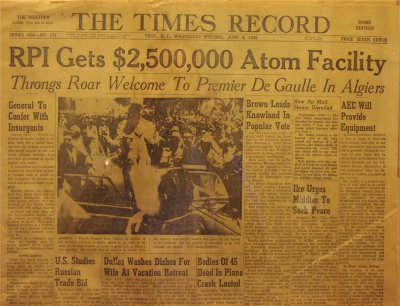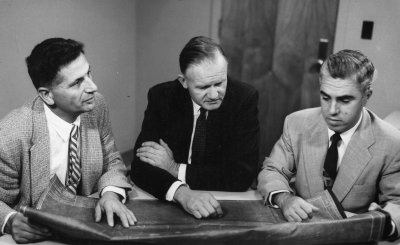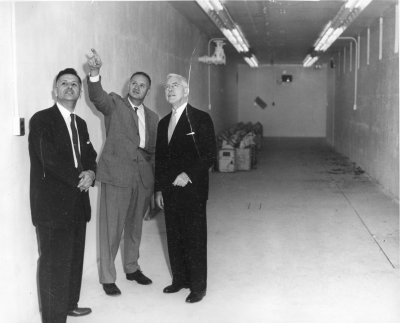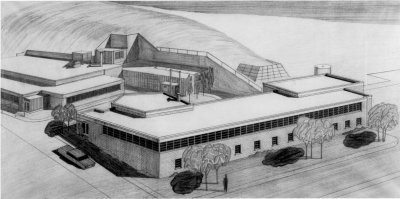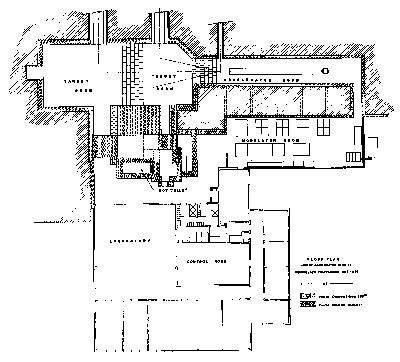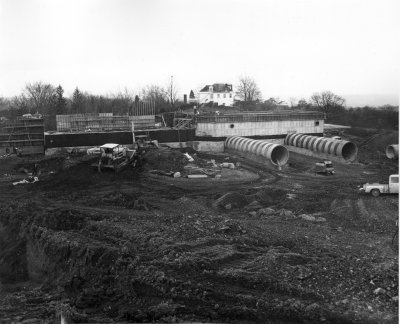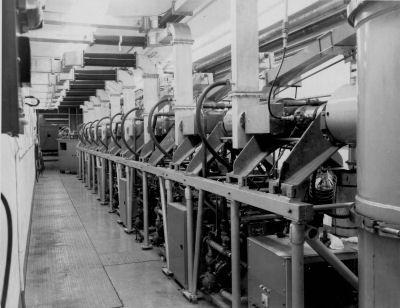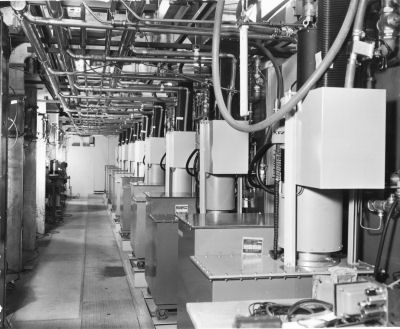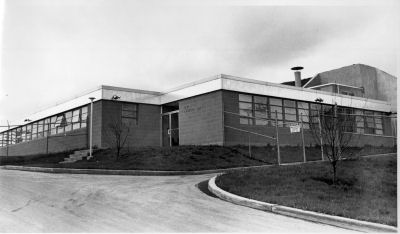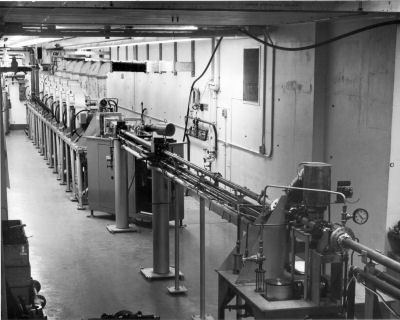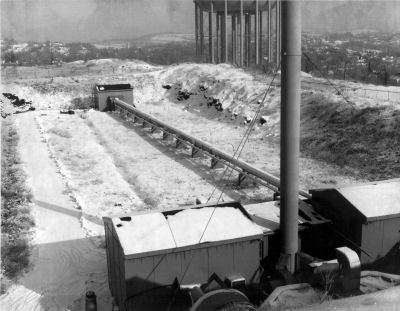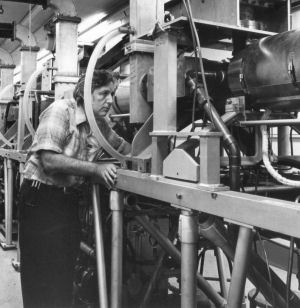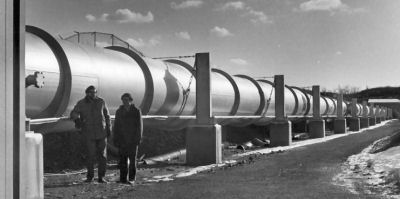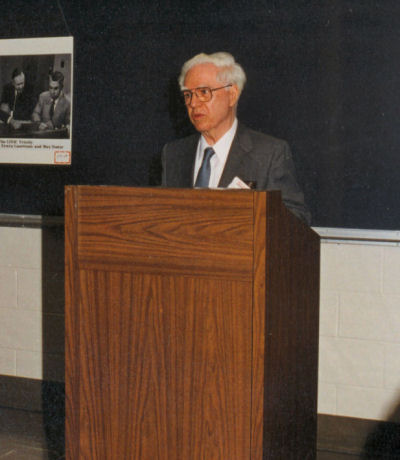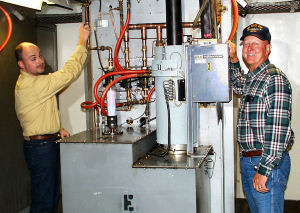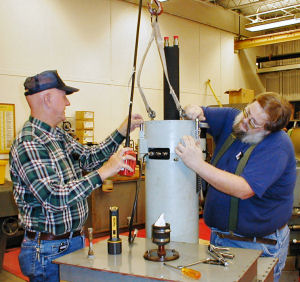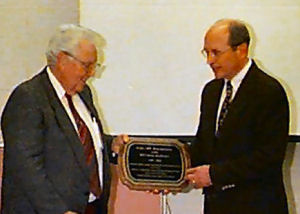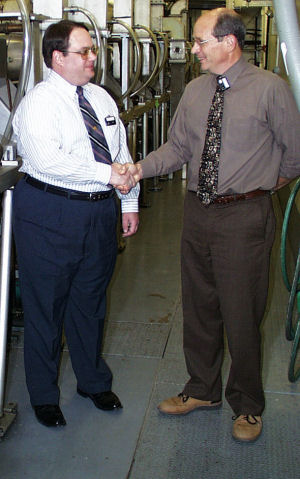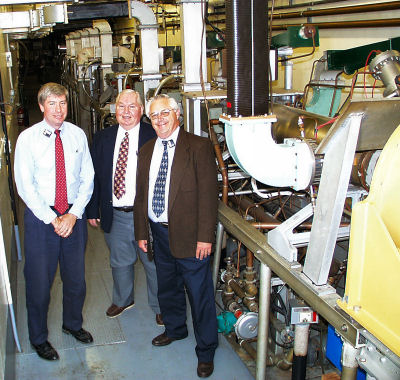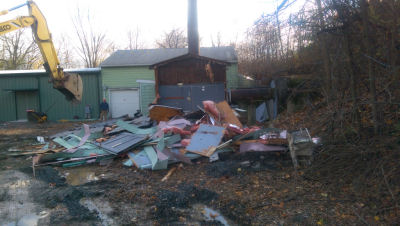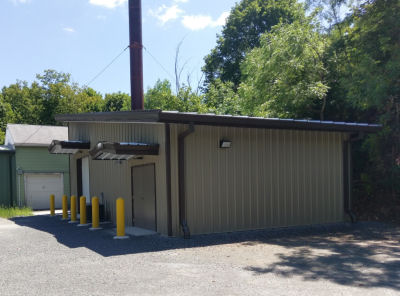Brief History
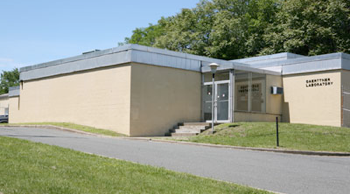
Located at the east-side boundary of the Troy campus on Tibbits Avenue, the Gaerttner Linear Accelerator (LINAC) Facility began its construction in 1958 with funding from the Atomic Energy Commission; the facility became operational in December 1961. As a major nuclear research and educational tool of the newly established nuclear program, the layout of the facility was designed to produce electrons, x-ray photons, and neutrons, thus serving a large number of research applications involving nuclear engineering, nuclear physics, radiation effects in electronics, nondestructive testing, radiation processing of materials, computed tomography, and other industrial processes. At the core of the LINAC is a multi-million dollar, high power, 100 MeV, L-band traveling wave, electron linear accelerator which is capable of producing intense pulsed electron beams in excess of 20 kw average power, and to this day is one of the most powerful accelerators in its class. Through photo-nuclear interactions, the accelerator can produce ~4x1013 neutrons/second with neutron energies ranging from sub thermal to 60 MeV. The facility is equipped with several neutron production targets, a Lead Slowing-Down Spectrometer and several specialized neutron and gamma detection systems.

The initial AEC-sponsored research, up to 1974, was focused on low-energy neutron interactions of interest to thermal reactors. This was gradually expanded into neutron interactions, up to several MeV, of interest to the fast reactor program. In addition to AEC and subsequent USERDA and USDOE program support, research has been sponsored by the NSF, NASA, US Department of Transportation, and many industrial sponsors. While the core application of the LINAC remains as “nuclear data” in support of future safe reactor designs, the principal intellectual challenges it can pursue come from broad applications of “applied radiation technologies”. Current areas of research at the LINAC include reactor physics, photo-neutron reactions, assay of used nuclear fuel, neutron cross sections, radiation effects in electronics, and production of medical isotopes. This laboratory has well served government and industry in numerous applications where it has provided a unique and highly intense radiation environment. Visitors from the U.S. (for example, MIT, ORNL, Sandia, Idaho, GE, Lockheed Martin, and others) have carried out experiments at the facility, as well as many international researchers.
In September 1997, the LINAC was designated as a Nuclear Historic Landmark by the American Nuclear Society:
“This was one of the first laboratories, utilizing a high-power electron linear accelerator that generated accurate nuclear data for the design of safe and efficient nuclear power reactors.”In 2010 the Gaerttner Linear Laboratory became a center in the school of engineering.
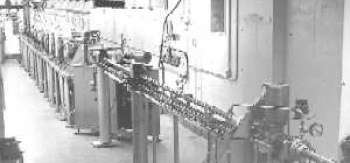
To date, LINAC related research has resulted in over 260 archival journal publications and was used by more than 170 graduate students as part of their PhD thesis research. Over the years, the LINAC has also played an essential role in undergraduate education, offering hands-on experience to a large number of undergraduate students through coursework and design projects. The facility regularly offers tours to local schools. The faculty believes that the LINAC has the potential to further broaden its use, by expanding into emerging fields. Such new initiatives will require an intensive interdisciplinary approach and more human resources, involving not only collaborators in materials and biology on campus, but also institutional partners in the Capital Region, New York State, and beyond.
History in the making
-
In the NewsThe Times Record from 1958 announcing the new grant
-
The FoundersLarry Parsegian (left) dean of engineering, Erwin Gaerttner, Max Yeater
-
Larry Parsegian (left), Erwin Gaerttner and AEC Ira ZartmanLarry Parsegian (left) dean of engineering, Erwin Gaerttner, Max Yeater
-
LINAC DesignConceptual Design of the new LINAC (circa 1958)
-
LINAC SiteArtists view (circa 1958)
-
Early Floor Plan
-
Under ConstructionView from flight path area
-
Under ConstructionDignitaries in the beam tunnel
-
Aerial view 1959Accelerator room was completed
-
Original Control ConsoleThe Original control console
-
Original AcceleratorAccelerator and first injector in the right
-
Modulator RoomThe original modulator room
-
Accelerator 1963Accelerator and injector tank
-
LINAC laboratory entrance 1963LINAC laboratory entrance
-
Electron beamline 1963View from experimental station
-
Flight stations at 25 and 100m 1963View from the accelerator berm
-
Professor Block and the LINAC 1971
-
Large sodium cubeLarge Na cube (red) for fast reactor neutronics research. Milt Mosal (left) and Robert Pendt
-
Vacuum flight path 250m for stationVacuum flight path leading to the 250m station used for accurate TOF measurements of fast neutrons
-
ANS Nuclear Historic Landmark awardProf. Block receives a Nuclear Historic Landmark award from ANS president Edward Quinn
-
ANS AwardEmeritus Prof. Max Yeater speaks at the Nuclear Historic Landmark award ceremony
-
Renovation 2000LINAC major renovation 2000, Matt Gray (left) and Jim Westhead showing off the new Klystron
-
Renovation 2000LINAC major renovation 2000, Jim Westhead and Larry Prince installing one of the new Klystron
-
Renovation 2000LINAC major renovation 2000, Prof. Block and Dave Mesh (KAPL) present the renovation completion plaque
-
Renovation 2000LINAC major renovation 2000, Peter Brand and Dave Mesh (KAPL) shake in agreement of a successful LINAC upgrade
-
Renovation 2000LINAC major renovation 2000, L-->R, Greg Leinweber, Noel Drindak and John Burke at the LINAC
-
New LINAC Lab 2015Demolition of the old west flight station to build a new LINAC teaching laboratory
-
New LINAC Lab 2016New LINAC teaching laboratory


